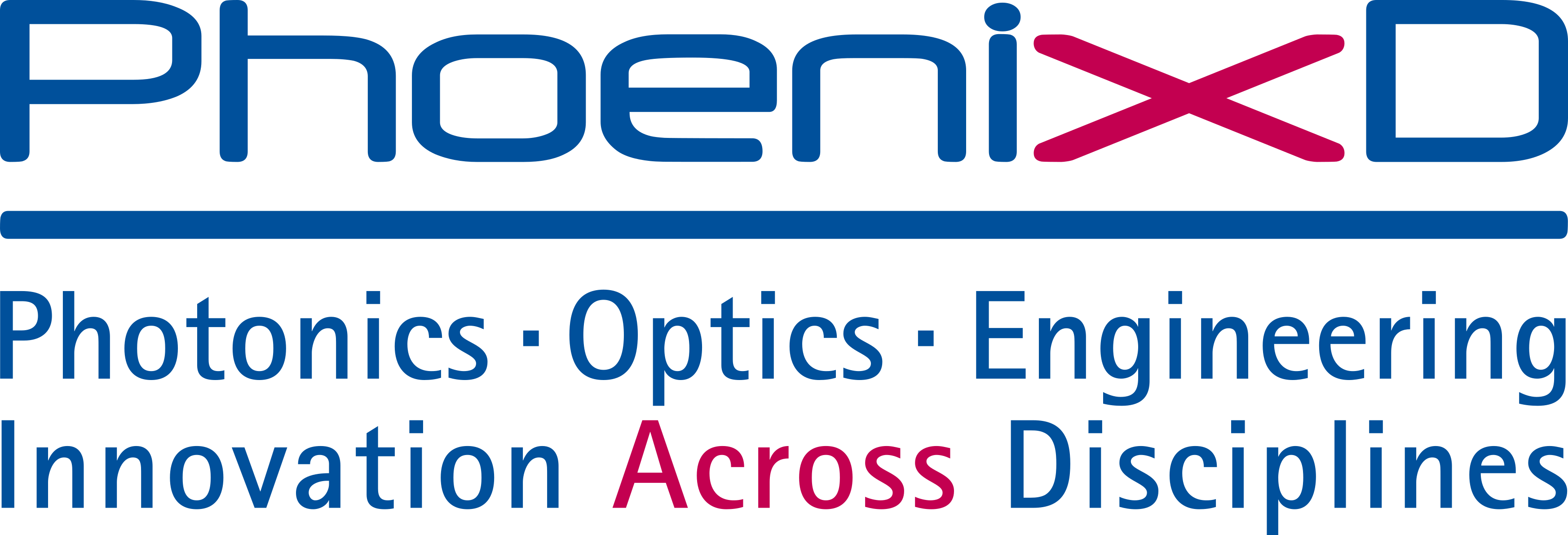Analytical model of resonant electromagnetic dipole-quadrupole coupling in nanoparticle arrays
- authored by
- Viktoriia E. Babicheva, Andrey B. Evlyukhin
- Abstract
An analytical model for investigations of multipole coupling effects in the finite and infinite nanoparticle arrays supporting electromagnetic resonances is presented and discussed. This model considers the contributions of both electric and magnetic modes excited in the nanoparticles, including electric and magnetic dipoles and electric and magnetic quadrupoles. The magnetic quadrupole propagator (Green's tensor) that describes the electromagnetic field generated by a point magnetic quadrupole source in all wave zones is derived. As an example, we apply the developed model to study infinite two-dimensional rectangular periodic arrays of spherical silicon nanoparticles supporting the dipole and quadrupole resonant responses. The correctness and accuracy of the analytical model are confirmed by the agreement of its results with the results of full-wave numerical simulations. Using the developed model, we show the electromagnetic coupling between electric dipole and magnetic quadrupole moments as well as between magnetic dipole and electric quadrupole moments even for the case of an infinite rectangular periodic array of spherical nanoparticles. The strong suppression of the dipole or quadrupole moment due to the coupling effects is demonstrated and discussed for spherical nanoparticle arrays. The analytical expressions for the reflection and transmission coefficients written with the effective dipole and quadrupole polarizabilities are derived for normal light incidences and zero-order diffraction. The derived expressions are applied to explain the lattice anapole (invisibility) states when the incident light is transmitted unperturbed through the silicon nanoparticle array. The important role of dipole and quadrupole excitations in scattering compensation resulting in the lattice anapole effect is explicitly demonstrated. The presented approach can be used for designing metasurfaces and further utilizing them in developing ultrathin functional optical elements.
- Organisation(s)
-
Institute of Quantum Optics
PhoenixD: Photonics, Optics, and Engineering - Innovation Across Disciplines
- External Organisation(s)
-
University of Arizona
- Type
- Article
- Journal
- Physical Review B
- Volume
- 99
- ISSN
- 2469-9950
- Publication date
- 15.05.2019
- Publication status
- Published
- Peer reviewed
- Yes
- ASJC Scopus subject areas
- Electronic, Optical and Magnetic Materials, Condensed Matter Physics
- Electronic version(s)
-
https://link.aps.org/accepted/10.1103/PhysRevB.99.195444 (Access:
Open)
https://doi.org/10.1103/PhysRevB.99.195444 (Access: Closed)
http://hdl.handle.net/10150/633577 (Access: Open)


